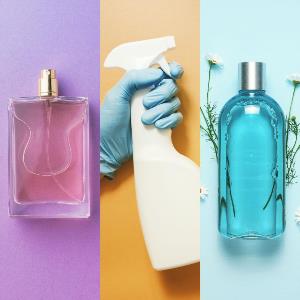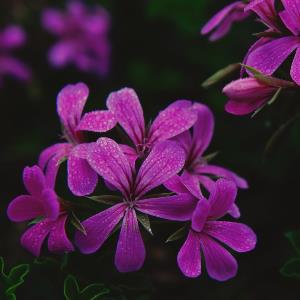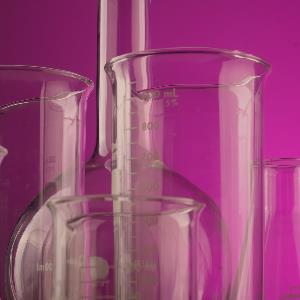

IFRA members produce fragrance ingredients and create fragrance mixtures - usually based on requests from brands and consumer goods companies.
These mixtures are then added to finished consumer products such as personal care products, cosmetics, household cleaning products or fine fragrance.
Fragrances are designed with care, passion and ingenuity, giving pleasure to billions of people around the world who use and enjoy fragrance every day – from a fresh-smelling shampoo to a stylish perfume, from a scented candle to freshly-laundered sheets.
Beyond artistry, fragrances are also ‘problem-solvers’, with the complex properties of fragrances allowing people to control or remove the bad smells that afflict the everyday lives of millions.
Control of these smells, using fragrances embedded in household and personal care products, improves the physical quality of people’s lives.

Before manufacturing can begin, the initial ingredients, whether natural or synthetic, must be brought together.
For natural ingredients – such as flowers, grasses, spices, fruit, wood, roots, resins, leaves and gums - this can involve collecting natural materials from around the world.
Often, these ingredients are hand-picked and distilled or extracted in the field to preserve their fragrance. Oils are extracted from plants via several methods, such as steam distillation, solvent extraction and expression.
Synthetic materials such as alcohol and petrochemicals are also used to ‘recreate’ natural scents – which may make their use less expensive and resource-intensive.
With these ingredients, perfumers can blend a formula that matches their customer’s request.

The fragrance industry employs artists and innovators with rare skills. There are only around one thousand fully-qualified perfumers in the world.
These perfumers – known as ‘noses’ – train for more than seven years and have unique abilities to identify and combine ingredients.
As with music, fragrances are combinations of ‘notes’, with near-infinite possibilities; as with composers, it takes uncommon talent to combine these notes in a way that connects powerfully with the senses.
Top notes come out first: they are often tangy or citrus-like smells that are easy to smell and more fleeting.
Middle notes, often aromatic flowers, come out later: they provide body.
Base notes (often woody fragrances) last longest: they provide an enduring fragrance.
The wide range of fragrances are often displayed in a ‘Fragrance Wheel’.
See Michael Edwards' Fragrance of the World wheel [external link] »

The process of fragrance creation is based on a unique process of partnership between fragrance manufacturers – represented globally by IFRA and its network of National Associations – and owners of consumer goods, luxury, and retail brands.
Together, they combine their insights into markets and brands, their knowledge of science and ingredient functionality, and their creativity and innovation to create the right fragrance.
The creation process is carried out in compliance with the IFRA Standards, to allow the new fragrance to be used and enjoyed safely.
And the fragrance industry does not stand still: in a world of automation and change, the industry is increasingly complementing unique human knowledge and skills with artificial intelligence.
